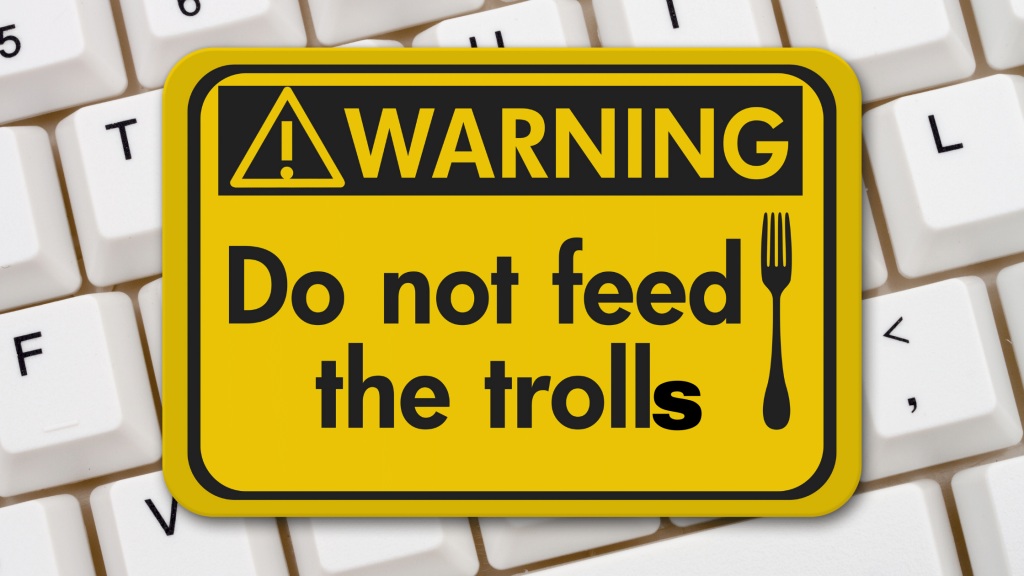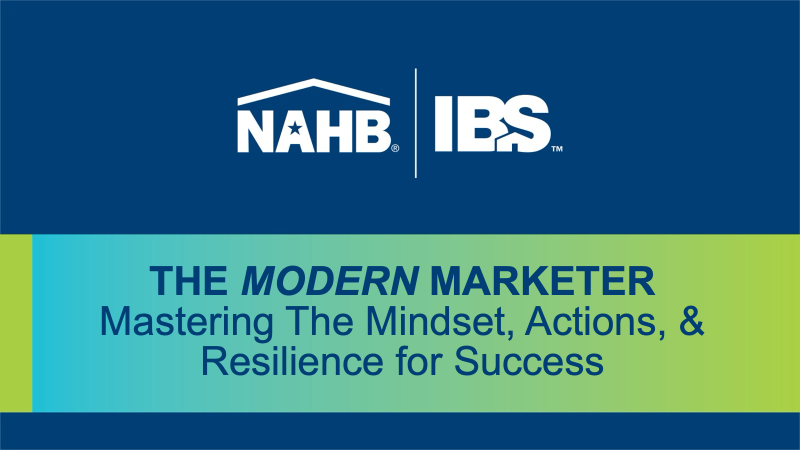Don’t Feed the Trolls – How to Handle the Rising Social Media Backlash Towards Builders
As a follow-up to my educational segment on handling social media trolls at May’s Builder Town Hall, I’m sharing some of the key tips from that discussion.
For many years, negative comments on home builder social media pages were an exception. Instead, most comments were positive and supportive. Sadly, there has been a noticeable shift as frustrated buyers, and real estate agents have taken to social media to express their outrage over building delays, price increases, open bid practices, lotteries, and available home shortages.
And as much as I’d like to say simply, “Do not engage,”; unfortunately, this isn’t always realistic. We value our online communities and have gone to great lengths to build rapport and trust with them. Part of that relationship requires we communicate openly even when it is uncomfortable and seemingly not constructive. Below I’ve shared some tips to help guide your response to negative comments while simultaneously ensuring the integrity of your brand and broader community stay intact. Keep in mind that the way you respond can improve your brand’s public perception and enhance customer experience and engagement.
5 Tips for Handling Negative Social Media Comments
1. Do not ALWAYS respond publicly
Trolls are attention-seeking, so to respond to them publicly is to take the bait. They feed off of engagement and amplify the negative messaging throughout the conversation, drawing more attention to their point of grievance. These might be comments like, “No one can afford these houses!” or “These prices are ridiculous, “ etc. Do not engage in a back and forth as you risk diminishing the value of your brand in a public forum. On the other hand, if you choose to ignore them entirely – which is tempting – there is a risk they identify your space as an open forum for their views and may continue to post negative comments.
Do your due diligence and determine whether they are a customer under contract or a sales prospect you are currently working with. If, after a quick search of your CRM, you find there’s no record of leads or conversations with this person, hide the comments. Don’t feed the trolls.
If, however, the person comments is a customer or prospective customer in your CRM, publicly invite them to a private conversation. It conveys to your broader audience that you read the comments, and you are empathetic AND attentive to readers’ concerns. Once you’ve done this, be sure you stay on top of DM’s across all active platforms so once the redirection takes place, you can, in fact, respond in a timely fashion. According to Jay Baer’s “Hug Your Haters,” attention and timeliness are vital to a successful customer experience, and this applies to your handling of negativity as much as it does to a sales inquiry.
“Every opportunity to engage with someone is an opportunity to leave a lasting, positive impression that can propel your business forward. For example, a disgruntled customer who is dealt with empathetically and made to feel understood will tell their friends.”
2. Respond with facts
Provide them with accurate information that can assuage concerns or correct their erroneous comments. For example, in response to a complaint about high home prices, provide them with median house prices for the neighborhood or comparable properties elsewhere.
3. Take Ownership
If the comment is a complaint about an experience or product, take ownership and promise to do better, outlining steps you will take to address the problem or improve the product. This shows you listened and responded. You will likely not hear back from this person, but they will appreciate hearing directly from a company representative. Your community will take note, and you may have succeeded in turning frustration into loyalty.
4. Consider hiring a moderator
Depending on the level of engagement, you may want to hire someone dedicated to managing communications across all your social media channels to ensure all comments are reviewed and vetted. Hence, you encourage a positive atmosphere for communication and community building. Facebook, Twitter, IG, and WordPress have options for reporting abusive behavior and/or comment moderation tools. Other platform-agnostic moderation tools include IntenseDebate and Disqus.
5. Build a supportive, friendly community
Trolls and negativity are part of social media life, so, as Jay Baer says, hug your haters! Your community will be watching to see how you handle them, making every effort to respond carefully and thoughtfully regardless of whether it is a customer with a legitimate gripe or a troll trying to bait you. Ensure you convey that one of your community’s key policies is respectful, reminding readers of acceptable behavior for posts, comments, and sharing.
Stay tuned for Part Two of this blog series, where we discuss how to create content that doesn’t “poke the bear” and further outrage your already outraged fans. With tensions running high, there is no need to further fuel the flames with photos, videos, and virtual tours of homes they can’t buy because the homes aren’t available, and there is no timeline on when they will be available.
Be sure to register for Builder Town Hall, the first Tuesday of every month (except July) at 4:00 pm EST, where you will get the most timely and relevant information in the industry to adjust your sales and marketing in real-time as things shift, develop, and change. Then, join the Builder Town Hall Facebook Group conversation and become part of our awesome community. We can’t wait to meet you! All home building industry leaders are welcome with our compliments.
Categorised in: Builder Town Hall, Content Marketing, Digital Marketing, Home Builder Marketing & Sales, Social Media, Uncategorized




